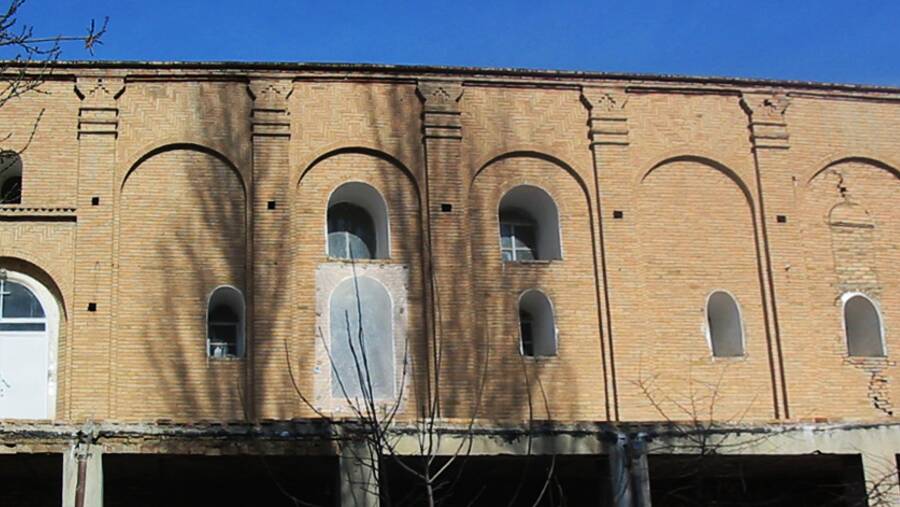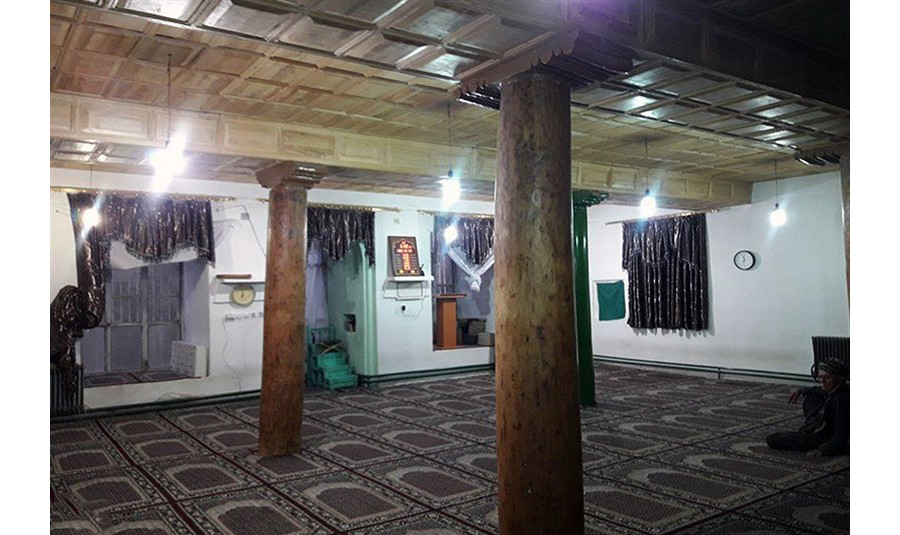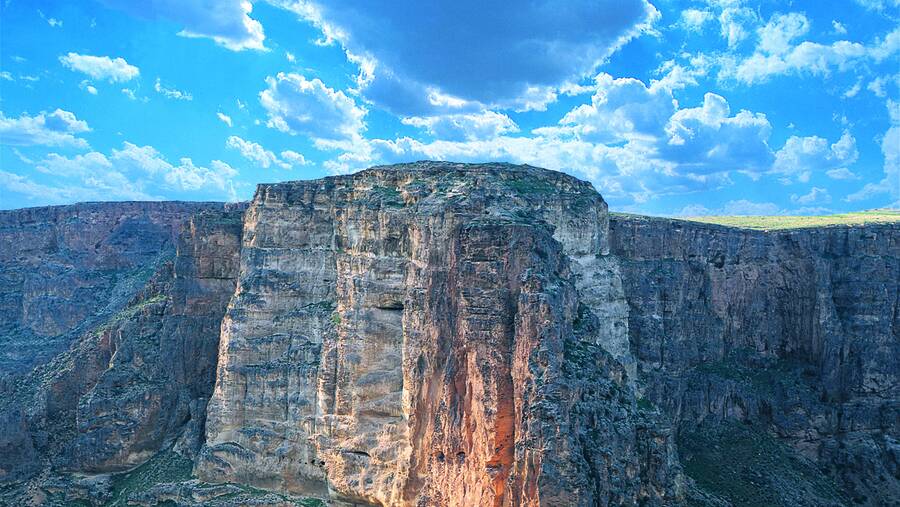Uraman Takht is one of the historical villages of Iran and is located in Sarvabad County, sixty kilometers southeast of Marivan, one hundred and seventy kilometers of Sanandaj and Kurdistan. Located one thousand and five hundred kilometers higher than sea level, Uraman Takht Village can be seen in the foothills of Zagros, Shaho and Kosalan Mountains. It is fed by Sirvan, and Lileh rivers and Bil and Hanodgah Water Springs. This land is the habitat of Hurami people.
Today Uraman Takht is a rural district. It is connected to Dezli and Kosalan from the north, Kurdistan Province and Paveh County from the west and south, and Razab and Shaliyar County from the east. Uraman Takht is formed by the villages of Sarpir, Kaleh, Roudbar, Belber, Zhivar, Nav, Nevin, and Lehon. According to the archeological researches, the history of the people of Uraman goes back to forty thousand years ago to the Neolithic period. Two historical contracts that belong to the Parthian Empire written in Pahlavi writing system on animal skin have been discovered in Uraman Takht. Another document found there was a trade contract of a vine garden. It was discovered in a cave in Zhavarvad. Just like the other contracts, it was written in Pahlavi writing system on animal skin.
The architectural style of Uraman Takht was inspired by the step structure of the foothill. It is made in Pelekani style (it means that the rooftop of a series of the houses acts as the yard of other houses at their top). The houses of Uraman Takht have been made of stones, woods, and no kind of mortar has been used in their structure. They occasionally have three or four stories. About one thousand and two hundred families and five thousand people live in Uraman Takht.
Local people wear traditional clothes of Uraman Takht. Some forms of the handicrafts that are common are giveh, carpets, felts, jajims, mowj, wooden spoon and forks, baskets, music instruments, and wooden lattice windows. Helpreki is the name of a traditional dance that is practiced in groups.
There is a ceremony called Pir Shaliyar or Arouse Shaliyar that is held two times a year next to the house and tomb of Pir Shaliyar. During this ceremony, the instrument of Daf is played, and guests are hosted by the local bread of Kelireh. Pir Shaliyar is one of the elders of Uraman and one of ninety nine masters of Shaho. This ceremony is a symbolical celebration of the marriage of Pir Shaliyar and her wife, Bahat Khatun, who was the daughter of the ruler of Bokhara.
Some of the animals that inhabit Uraman Takht are Caracal, goat, ram, brown bear, tiger, vulture, bearded vulture, golden eagle, and partridge. Oak, pomegranate, vine and walnut trees grow in this site, as well.




-k- main.jpg)
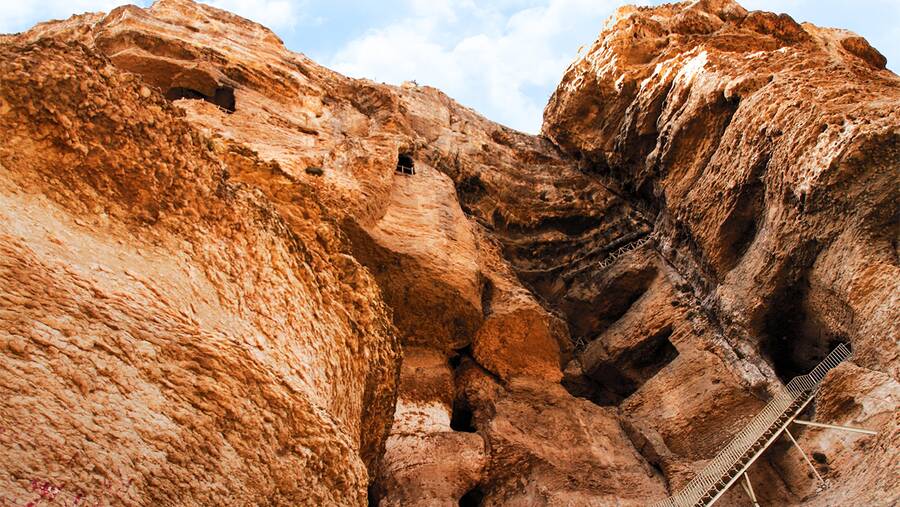
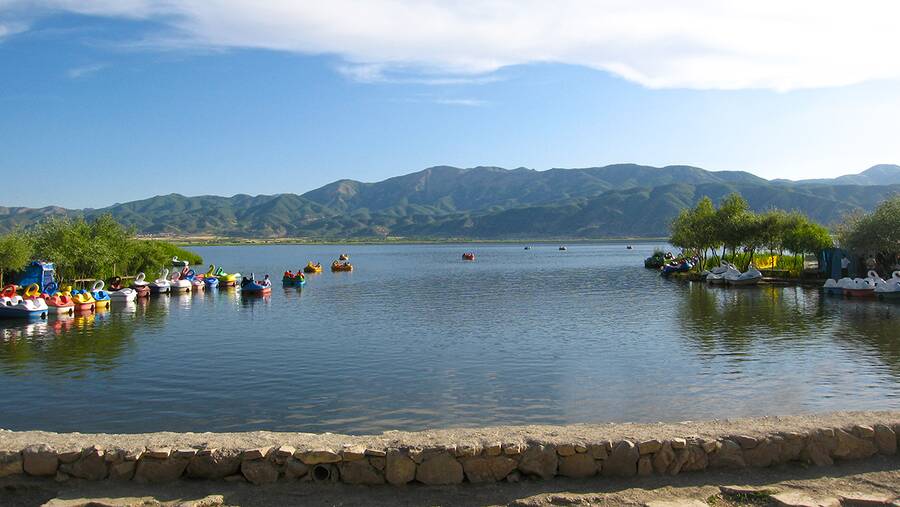
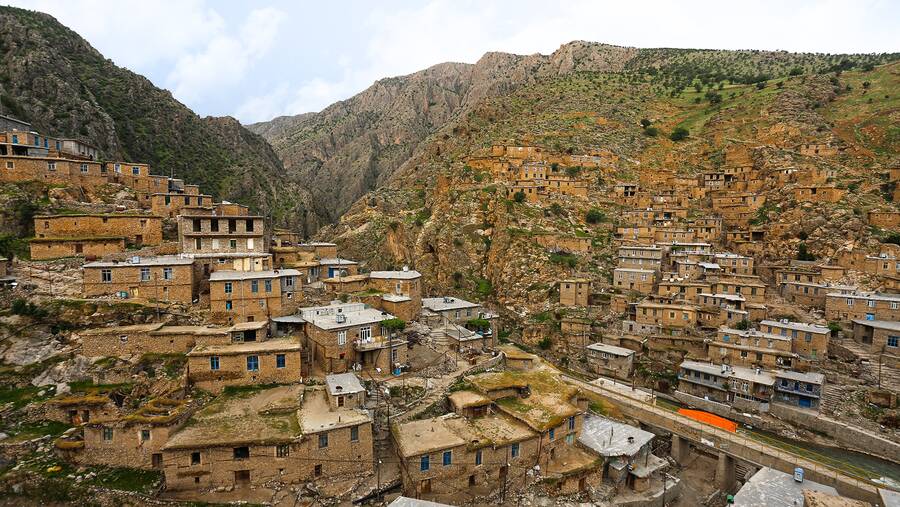
.jpg)
